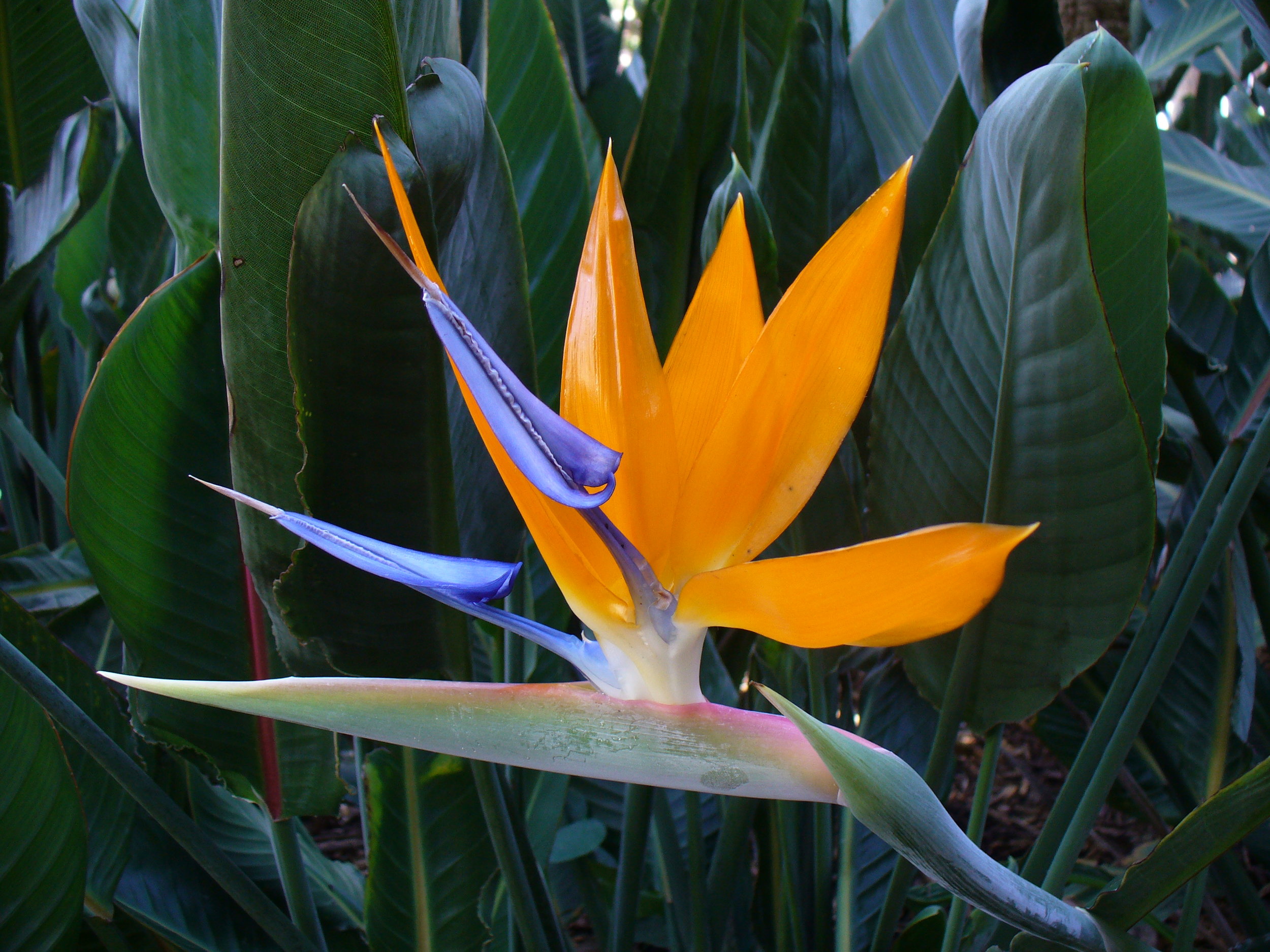Photo by Alpsdake licensed under CC BY-SA 4.0
Say "cockroach" and most people will start to squirm. These indefatigable insects are maligned the world over because of a handful of species that have settled in quite nicely among human habitats. The world of cockroaches is far more diverse than most even care to realize, and where they occur naturally, these insects provide important ecological services. For instance, over the last decade or so, researchers have added pollination and seed dispersal to the list of cockroach activities.
That's right, pollination and seed dispersal. It may seem odd to think of roaches partaking in such interactions but a study published in 2008 provides some of the first evidence that roaches are doing more with plants than eating their decaying tissues. After describing a new species of Clusia in French Guiana, researchers set out to investigate what, if anything, was pollinating it. The plant was named Clusia sellowiana and its flowers emitted a strange scent.
Cockroach pollinating C. sellowiana. [SOURCE]
The source of this scent was the chemical acetoin. It seemed to be a rather attractive scent as a small variety of insects were observed visiting the flowers. However, only one insect seemed to be performing the bulk of pollination services for this new species - a small cockroach called Amazonia platystylata. It turns out that the roaches are particularly sensitive to acetoin and although they don't have any specific anatomical features for transferring pollen, their rough exoskeleton nonetheless picks up and deposits ample amounts of the stuff.
It would appear that C. sellowiana has entered into a rather specific relationship with this species of cockroach. Although this is only the second documentation of roach pollination, it certainly suggests that more attention is needed. This Clusia isn't alone in its interactions with cockroaches either. As I hinted above, roaches can now be added to the list of seed dispersers of a small parasitic plant native to Japan.
(A) M. humile fruit showing many minute seeds embedded in the less juicy pulp. (B) Fallen fruits. (C) Blattella nipponica feeding on the fruit. (D) Cockroach poop with seeds. (E) Stained cockroach-ingested seeds. [SOURCE]
Monotropastrum humile looks a lot like Monotropa found growing in North America. Indeed, these plants are close cousins, united under the family Ericaceae. Interestingly enough, it was only recently found that camel crickets are playing an important role in the seed dispersal of this species. However, it looks like they aren't the only game in town. Researchers have also found that a forest dwelling cockroach called Blattella nipponica serves as a seed disperser as well.
The roaches were observed feeding on the fruits of this parasitic plant, consuming pulp and seed alike. What's more, careful observation of their poop revealed that seeds of M. humile passed through the digestive tract unharmed. Cockroaches can travel great distances and therefore may provide an important service in distributing the seeds of a rather obscure parasitic plant. To think that this is an isolated case seems a bit naive. It seems to me like we should pay a little more attention to what cockroaches are doing in forests around the world.

![Cockroach pollinating C. sellowiana. [SOURCE]](https://images.squarespace-cdn.com/content/v1/544591e6e4b0135285aeb5b6/1511459932769-DPB6RO5OJ48IZVNPL6LH/roach+pollination.JPG)




![[SOURCE]](https://images.squarespace-cdn.com/content/v1/544591e6e4b0135285aeb5b6/1508366091036-SYC44VSQE4GJJEZHZQX9/1-s2.0-S0254629910002462-gr1.jpg)
![[SOURCE]](https://images.squarespace-cdn.com/content/v1/544591e6e4b0135285aeb5b6/1508201752975-7W5T194C1IK9IC4ZE62M/batpass1.JPG)
![[SOURCE]](https://images.squarespace-cdn.com/content/v1/544591e6e4b0135285aeb5b6/1508203341477-I655ZRIK84ZNM78XLMYE/image-asset.jpeg)





















![[SOURCE]](https://images.squarespace-cdn.com/content/v1/544591e6e4b0135285aeb5b6/1487096194923-6C9XB08WH90OLNUZFVD0/image-asset.jpeg)

![Via Johnson and Brown [SOURCE]](https://images.squarespace-cdn.com/content/v1/544591e6e4b0135285aeb5b6/1485383275240-GZ18492L1GMPLNVFMBLU/image-asset.jpeg)

